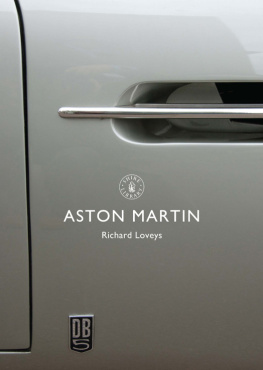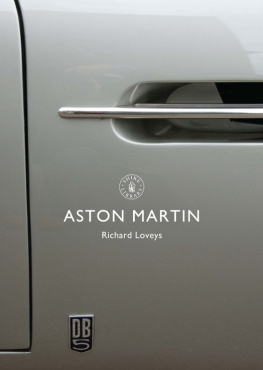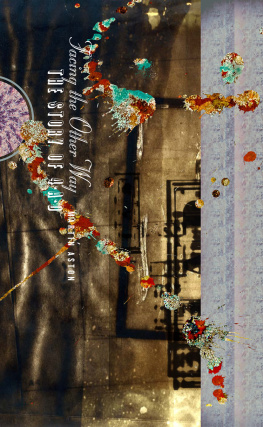
ASTON MARTIN
Richard Loveys

Aston Martin DB5 convertible, 1963. A publicity picture used by the company.
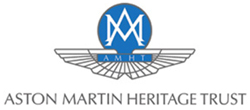
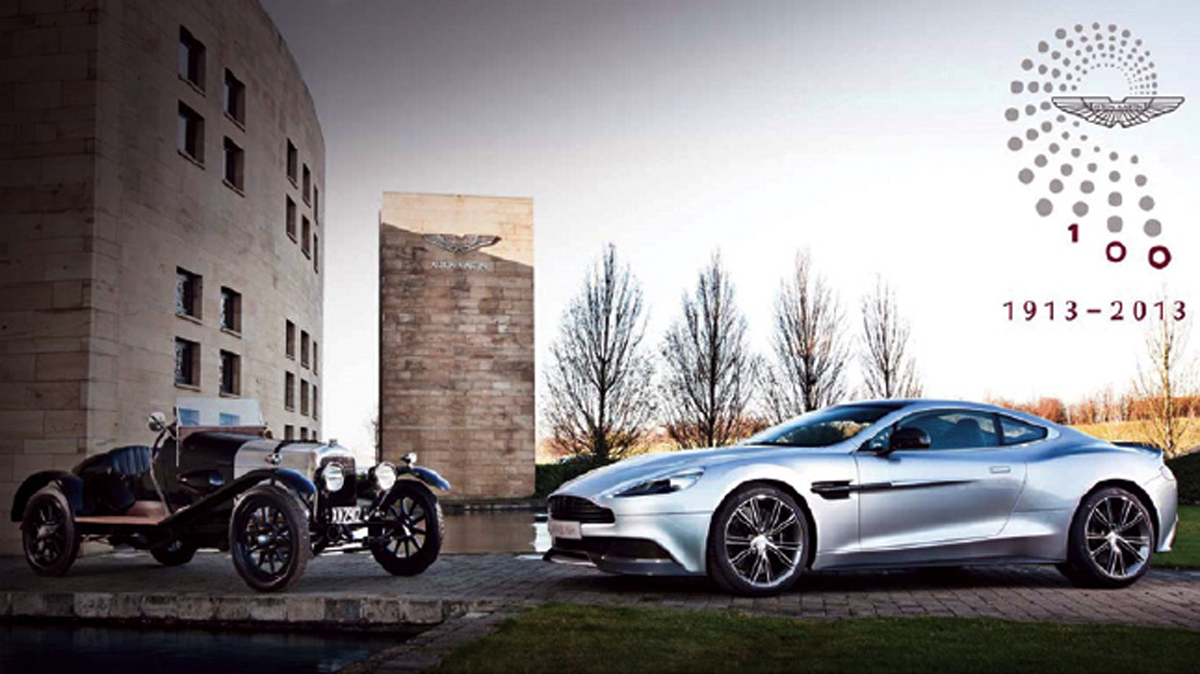
The oldest surviving Aston Martin (the 1921 A3) and one of the newest (the 2013 Vanquish) outside Aston Martins factory at Gaydon, Warwickshire. The special logo which marked the centenary year is on the right.
CONTENTS
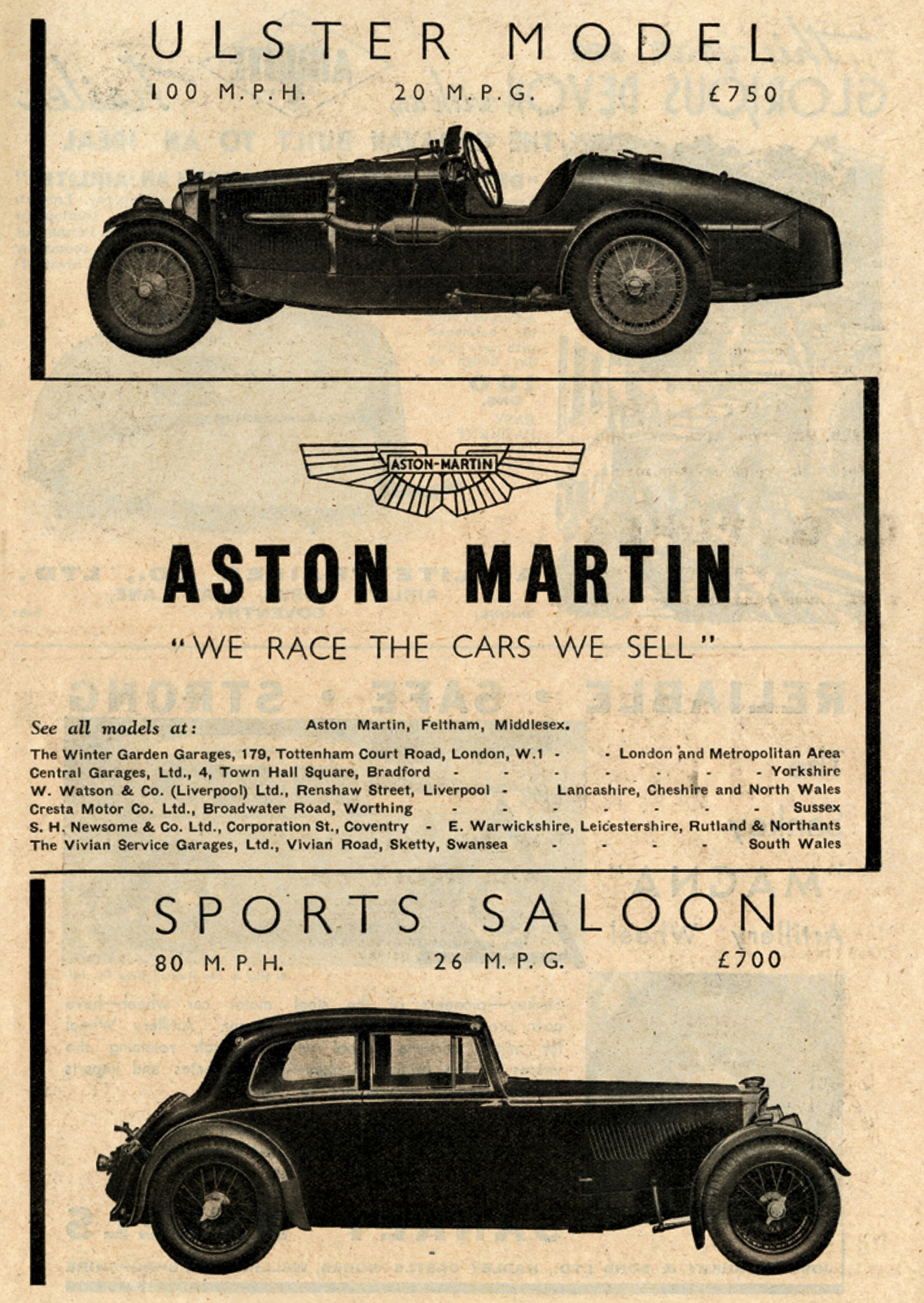
Cars like these, exhibited at the 1935 Olympia Motor Show, were among the last ones that Aston Martin produced with its 1 litre engine.
IN THE BEGINNING: 191347
I N 1912 L IONEL M ARTIN and Robert Bamford formed a business partnership and began selling Singer cars from premises in Henniker Place, South Kensington. Their aim was to produce a car for the discerning owner driver, with fast touring in mind.
On 15 January 1913 Bamford and Martin Ltd (B&M) was established as dealers in, manufacturers and repairers of Motor cars; this was the company that grew into Aston Martin Lagonda Ltd. The companys history includes tecnical innovation, outstanding cars, international racing success as well as financial difficulties, and, according to Simon de Burton, writing in The Aston Martin Yearbook of 2013, it has survived owing to four reasons: a knack for making fabulous cars, a deal of luck, lots of respect and, above all, that thoroughbred Britishness that simply doesnt recognise defeat.
Lionel Martin believed that competition improved the products and helped sales; accordingly much effort was devoted to events such as trials and hill climbs. He himself drove in most of these. The cars which left the Singer factory able to achieve some 40 mph were lapping Brooklands at 70 mph after Bamford and Martins improvements. Particular success was achieved with the Singers at the Aston Hill climb, in Buckinghamshire. It is now a public road, and B&Ms involvement is marked by a cairn erected in 1997. Many customers asked for their Singers to be similarly modified and as a result B&M decided to manufacture their own cars. A prototype to the companys specification was tested in 1914 using an Isotta Fraschini chassis and a Coventry Simplex engine. In 1914 the cars were named Aston-Martins (with the hyphen) to commemorate the competition successes, and to put them high in alphabetical lists.
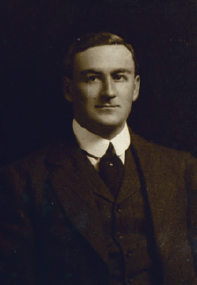
Lionel Martin, one of the founders of the company.

Bamford and Martins certificate of incorporation, 15 January 1913.
The first Aston-Martin was registered in 1915; known as Coal Scuttle, it was the second car built by the company and used a revised Coventry Simplex engine. The car was employed extensively for development and competition. By this time the company was engaged in work related to the First World War.
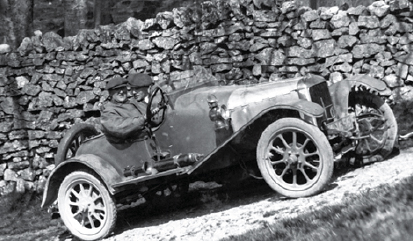
Coal Scuttle on the Nailsworth Ladder hill climb in the Cotswolds, driven by Lionel Martin.
In 1919 B&M was again active in competitions using Coal Scuttle as well as continuing to sell Singers. Producing its own cars required larger premises and in early 1920 the company moved to Abingdon Road, off Kensington High Street. The second Aston-Martin was registered at the end of 1920. At about this time Robert Bamford resigned from the company; his place was taken by Mrs Kate Martin.

The car badge used by Bamford and Martin.
Five cars were built in 1920 and 1921, using a variety of engines and bodies, and were for development rather than for sale to customers, with only rear wheel brakes, and Sankey wheels. One of these, chassis A3, is the oldest surviving Aston Martin and now belongs to the Aston Martin Heritage Trust. In 1923 A3 became the first B&M car sold to a private owner. Another of this batch was known as Bunny and had a successful competition career including hill climbs, Brooklands races, world records and sixth place in the GP des Voiturettes at Le Mans in 1921. These five cars originally used their own 1-litre side-valve engines. B&M followed the accepted practice of the time in swapping engines, registration numbers and bodies between cars when required. B&M continued development, testing and competition but sold few cars as it was concentrating on perfecting its designs.
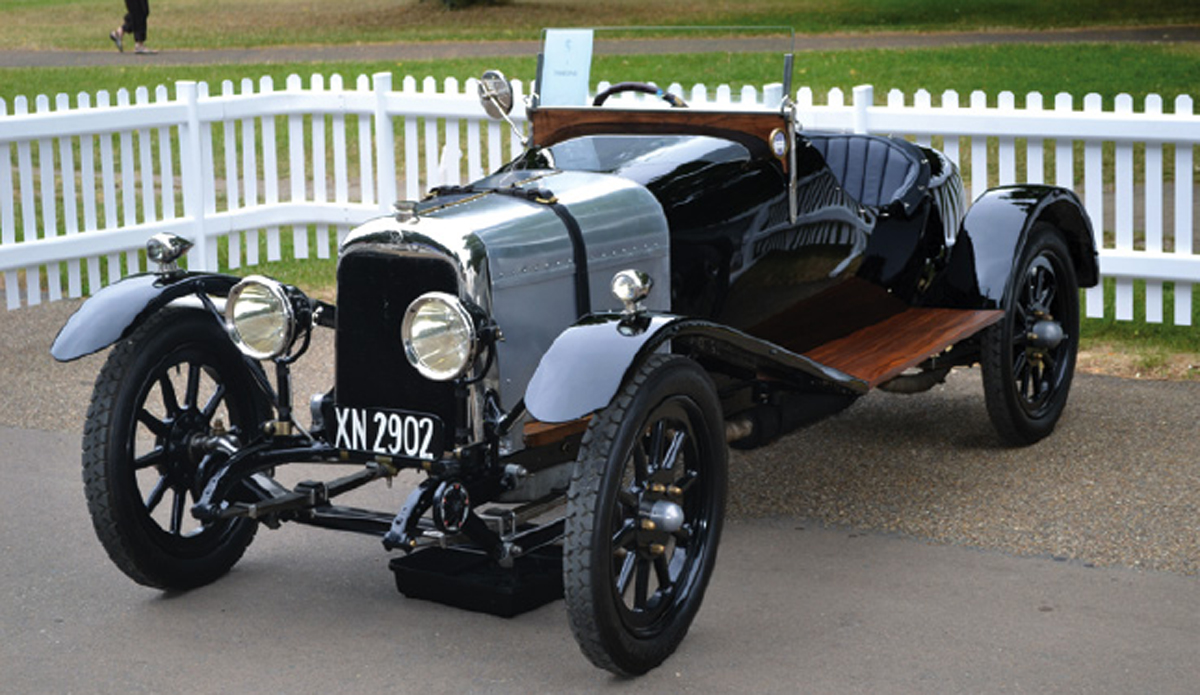
A3, built in 1921, is the oldest surviving Aston-Martin and is now owned by the Aston Martin Heritage Trust.
In the early 1920s Count Louis Zborowski, a well-known racer, was competing in an Aston-Martin. In 1922 he invested in the company to enable it to continue in competitions and to assist production of customer vehicles. Two cars were built for the Strasbourg Grand Prix in 1922 with twin camshaft 16-valve 1-litre engines; both retired but performed well in the 2-litre class. One, later known as Green Pea, was driven by Zborowski; it still races today. The two GP cars were some of the first to use the well-proportioned radiators which are a feature of so many Aston-Martins.
Financial difficulties caused the sale of several of the companys development and racing cars late in 1922. In that year the first new cars sold to the public were produced. They were made with either the Standard or the Sports chassis and most had the side-valve engine. The bodies were constructed by various coachbuilders as B&M did not have sufficient resources; this was the custom at the time. The following year a special single-seater was built, which aimed to be the first light car to cover 100 miles in one hour; the vehicle was called Razor Blade because it was so narrow. Tyre failure prevented the car from achieving its target. Razor Blade now usually lives at the Brooklands Museum, and can sometimes be seen in action.
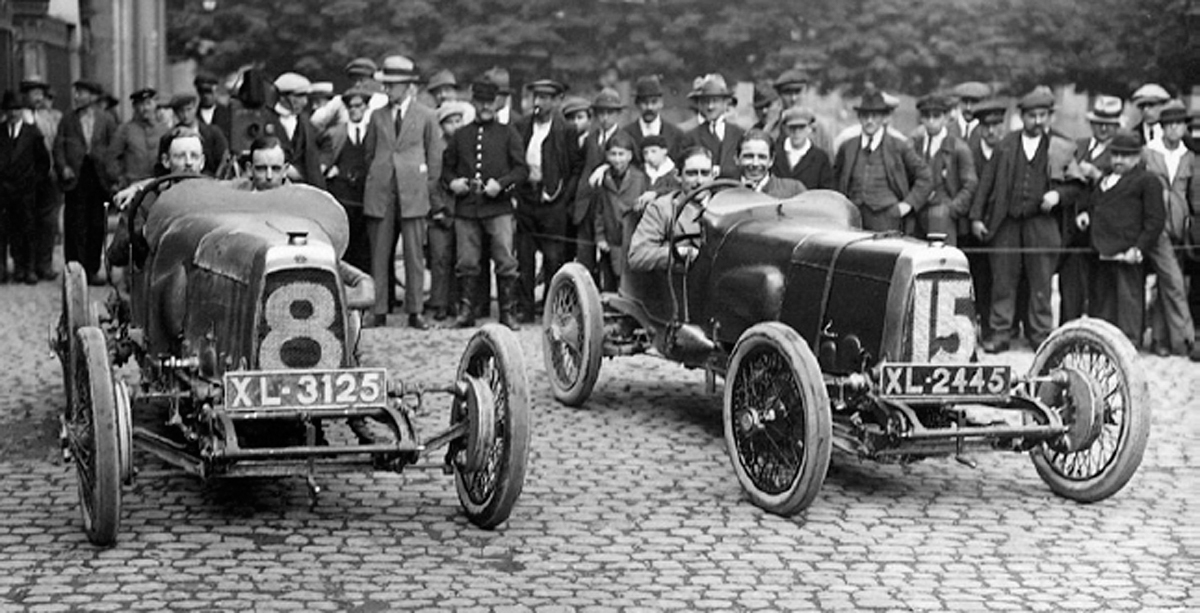
The 1922 Strasbourg Grand Prix cars; Clive Gallop is behind the steering wheel in number 8 and Count Louis Zborowski is the driver for number 15.
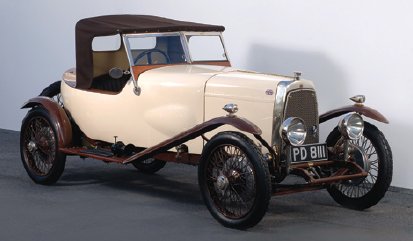
An early three-seater car with the side-valve engine. It was built using the chassis and other parts from a racing car which crashed while being towed from the coachbuilder.
Next page
